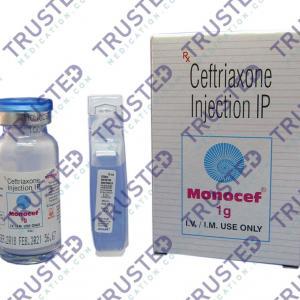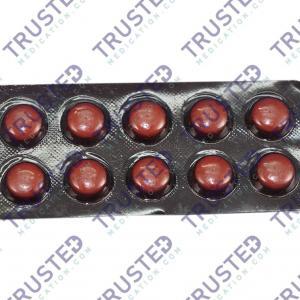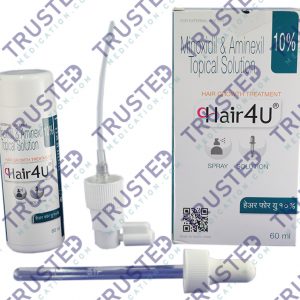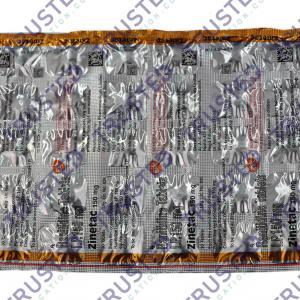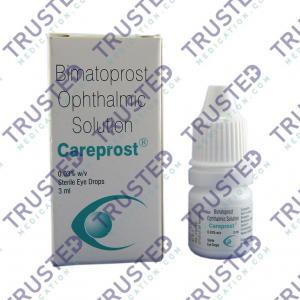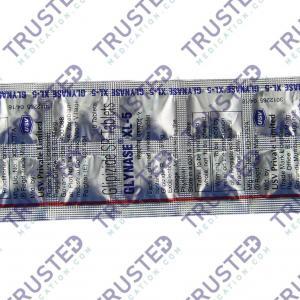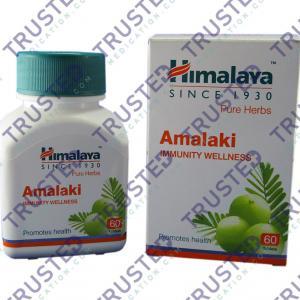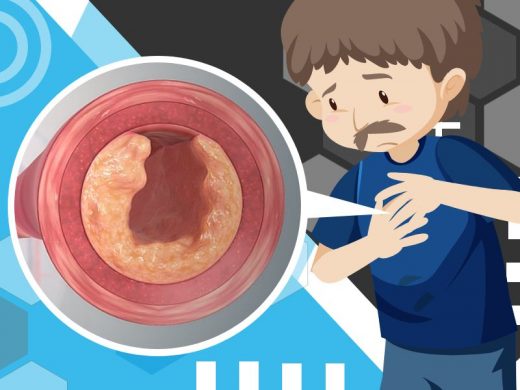
Angina pectoris is temporary chest pain and discomfort due to reduced blood flow to the heart muscle. It results in chest tightness and heaviness but does not increase your risk of a heart attack.
Chest tightness is the sensation of a squeezing, crushing, tightening in the chest area with or without pain. It leads to a tightness around your chest or of something heavy sitting on your chest. This discomfort is known as Angina pectoris.

Symptoms of Angina Pectoris
- Fatigue
- Dizziness
- Nausea
- Sweating
- Shortness of breath
Your doctor evaluates these symptoms to determine if the Angina Pectoris is stable or not.
Characteristics of stable Angina
- It develops when your heart works hard. It occurs during exercise or climbing stairs.
- You can predict the pain of stable Angina as it appears similar to previous types of chest pain.
- It lasts for less than five minutes.
- It disappears sooner when you take your medication.
Characteristics of Unstable Angina
- It occurs even though you are at rest.
- It changes its pattern.
- You are not expecting it to occur.
- It is severe and may last for at least 30 mins.
- It does not disappear with rest or taking medication.
- It signals a heart attack.
Characteristics of variant angina
- It happens when resting
- It occurs with adverse symptoms
- It disappears upon taking Angina medication
Angina in women
Symptoms of Angina in women can be different from angina symptoms that occur in men. These differences may lead to delays in seeking treatment. Symptoms include:
- Shortness of breath
- Nausea
- Abdominal pain
- Discomfort or pain in the jaw, neck, and back
- Stabbing pain instead of chest pressure
How to Diagnose Angina Pectoris?
Seek medical help when you have unstable Angina to prevent worsening the condition. Diagnosing Angina Pectoris-related chest tightness includes:
- Electrocardiogram (ECG
- Stress test.
- Cardiac catheterization
- Cardiac MRI
- Coronary CT scan

Treatment for Angina Pectoris-related Chest Tightness or Heaviness
Your doctor may recommend beta-blockers, calcium channel blockers, and nitrates. Coronary artery bypass graft surgery is another treatment for Angina Pectoris. Medications include:
Avoid self-medication as it increases your risk of other conditions. Follow the recommendations and treatment process from your doctor.
Prevention and Treatment for Angina-related chest tightness may include lifestyle and diet changes. Activate your lifestyle by incorporating proper diet and exercise. Avoid the typical triggers of chest tightness and heaviness. Finish the treatment and visit your doctor regularly.

